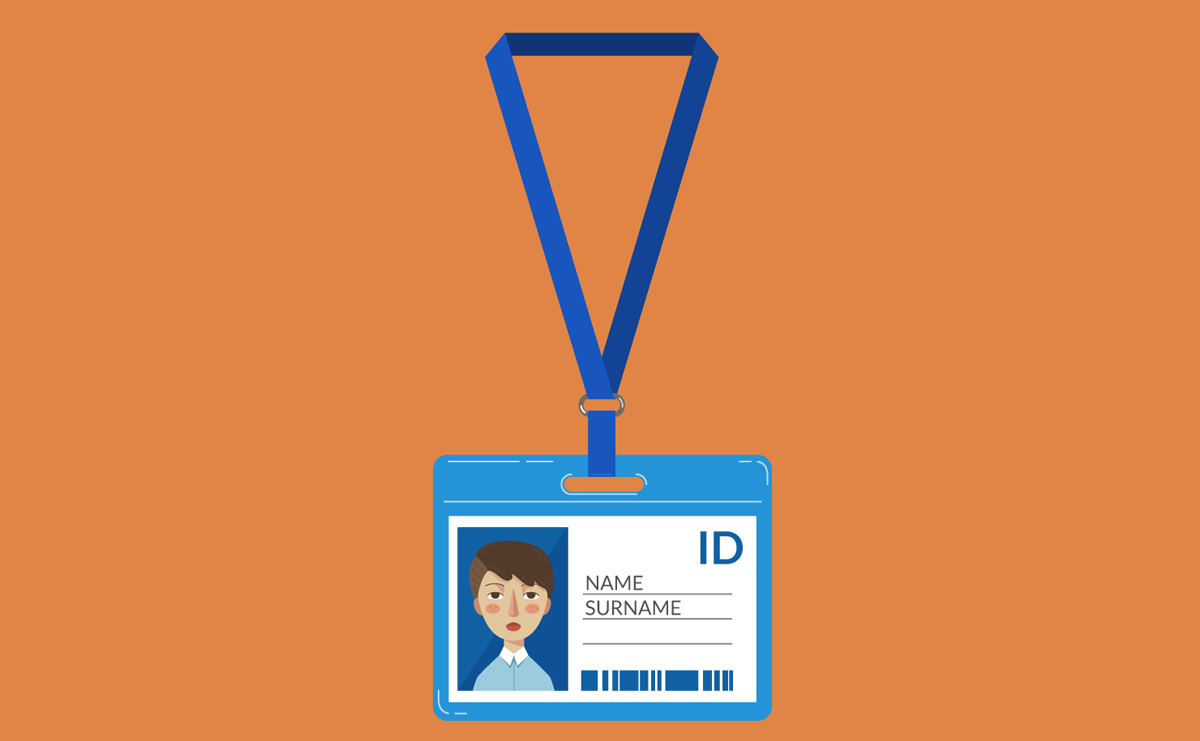Florida Bar | Tenancy Forms – Multi Family Rental
Residential Lease for Apartment or Unit in Multi Family Rental Housing Other Than A Duplex) Including A Mobile Home, Condominium, Or Cooperative (For A Term Not To Exceed One Year) in Florida
Florida residential leases are governed by the Florida Residential Landlord and Tenant Act (Part II, Chapter 83 of the Florida Statutes), which outlines specific requirements and protections for both landlords and tenants. Understanding the key aspects of residential leases in Florida can help ensure a smooth rental experience. A Florida rental agreement is a legally binding contract between a landlord and a tenant that outlines the terms and conditions under which the tenant can rent property from the landlord.
The document titled “Residential Lease for Apartment or Unit in Multi Family Rental Housing Other Than A Duplex) Including A Mobile Home, Condominium, Or Cooperative (For A Term Not To Exceed One Year) ” is a Florida lease agreement template designed for non-commercial residential property rentals, excluding duplexes, for a term not exceeding one year. This legally-binding contract outlines the terms and conditions between the landlord and tenant(s), including the lease duration, rental payments, deposits, and the responsibilities of both parties regarding maintenance and upkeep of the premises.
The Florida residential lease agreement also contains important warnings about legal obligations and prohibitions, ensuring both parties are aware of their rights and responsibilities under Florida law. This form is designed to ensure clarity and compliance with state regulations, providing a secure legal framework for residential leasing.
Filling out a lease agreement form can be a detailed process that requires attention to ensure all information is accurate and comprehensive. Below is a step-by-step guide on how to fill out this form:
Step-by-Step Guide to Filling Out the Lease Form
Step 1: Review the Lease
Read Thoroughly: Before filling out the lease, read through the entire document carefully to understand all the terms and conditions. Pay special attention to any clauses marked with an asterisk (*) or blank spaces, as these indicate areas that require specific choices or entries.
Step 2: Fill in the Basic Information
Term and Parties
- Lease Term: Fill in the duration of the lease in months.
- Start and End Dates: Enter the commencement and termination dates of the lease.
- Landlord and Tenant Names: Write the full legal names of the landlord(s) and tenant(s).
Step 3: Property Details
Address and Description of the Premises:
- Apartment or Unit Number: Specify the unit being leased.
- Building Location: Provide the complete address of the property.
- Furniture and Appliances: List any furniture and appliances included in the lease. If none, write “none.”
Step 4: Financial Terms
Rent Payments and Charges
- Monthly Rent: State the amount of rent due each month.
- Due Dates and Payment Methods: Indicate the day of the month by which rent must be paid and acceptable payment methods (e.g., check, cash, money order).
- Deposits and Fees: Enter amounts for security deposits, pet deposits (if applicable), and any other upfront fees.
Step 5: Additional Provisions
Utilities: Specify which utilities are included in the rent and which are the tenant’s responsibility.
Maintenance and Repairs
-
- Landlord’s Responsibilities: Check what maintenance tasks are to be handled by the landlord.
- Tenant’s Responsibilities: Fill in any duties assigned to the tenant regarding the upkeep of the property.
Use of Premises: Confirm the permitted uses and any restrictions, such as pet policies or smoking rules.
Step 6: Legal Acknowledgements
Lead-Based Paint Disclosure (if applicable): If the building was constructed before 1978, complete the lead-based paint disclosure section.
Signatures
- Landlord and Tenant: Ensure all parties sign and date the lease to validate the agreement.
- Witnesses: If required, have the signatures witnessed to comply with local laws.
Step 7: Final Checks
Review: Double-check all entries for accuracy.
Copies: Make copies of the signed lease for each party to retain for their records.
Notices and Changes: Remember that any modifications to the lease after signing should be in writing and agreed upon by both landlord and tenant.
Additional Tips
Consultation: Consider consulting with a legal expert if there are any clauses or terms in the lease that are unclear.
Documentation: Keep a record of all payments and correspondence related to the lease.
By following these steps, you can effectively complete the lease agreement form, ensuring that all legal and practical aspects of the rental arrangement are properly documented.
Disclaimer: This guide is provided for informational purposes only and is not intended as legal advice. You should consult the Residential Tenancies Act or a legal professional.




